Photo shared by Heather Cox Richardson from Letters from an American
Public Posts Stanwood, WA Stanwood, WA (zoom)
Burning the candle
at both ends,
should not be a game
of let's pretend.
Make your best choice.
Don't change your mind,
you can now rejoice.
Happiness you'll find.
NASA Astronomy Picture of the Day:
Soaring high in skies around planet Earth, bright planet Saturn was a star of June's morning planet parade. But very briefly on June 24 it posed with a bright object in low Earth orbit, the International Space Station. On that date from a school parking lot in Temecula, California the ringed-planet and International Space Station were both caught in this single high-speed video frame. Though Saturn was shining at +0.5 stellar magnitude the space station was an even brighter -3 on the magnitude scale. That difference in brightness is faithfully represented in the video capture frame. In the challenging image, the orbiting ISS was at a range of 602 kilometers. Saturn was about 1.4 billion kilometers from the school parking lot.
Photo by Tom Glenn
".... Johnson’s premiership fell because it seemed to recognise no distinction between what is true and what is politically expedient. Once that distinction ceases to matter, democratic discourse becomes unsustainable and political communication becomes a matter of permanent decoding..." Read more
Glowed red
the ridge,
as sun rise
came.
My last
viewing was
somewhat the
same.
Where has
love gone?
Away from
me now,
please tell
me, please
for I know
not how,
to approach
a stranger,
a girl
in my
dreams,
who I
will see,
again or
perhaps
never to
be seen
again.
Words written now,
transform into glass,
no matter the lies,
the truth may not pass.
Inflation is high,
blame corporate greed,
as company profits rose,
costing all in need.
Back in history now,
time to manage the seed,
for raising prices hurts
consumers. Indeed.
NASA Astronomy Picture of the Day:
With roots on a rotating planet, an old tree is centered in this sequence of 137 exposures each 20 seconds long, recorded one night from northern Sicily. Digital camera and fisheye lens were fixed to a tripod to capture the dramatic timelapse, so the stars trailed through the region's dark sky. Of course that makes it easy to spot the planet's north celestial pole. The extension of Earth's axis of rotation into space is toward the upper left, at the center of the concentric star trail arcs. The Milky Way is there too. The plane of our galaxy stretches across the wide field of view from north to east (left to right) creating a broader luminous band of diffuse starlight.
Photo by Marcella Giulia Pace
NASA Astronomy Picture of the Day:
A study in contrasts, this colorful skyscape features stars, dust, and glowing gas in the vicinity of NGC 6914. The interstellar complex of nebulae lies some 6,000 light-years away, toward the high-flying northern constellation Cygnus and the plane of our Milky Way Galaxy. Obscuring interstellar dust clouds appear in silhouette while reddish hydrogen emission nebulae, along with the dusty blue reflection nebulae, fill the cosmic canvas. Ultraviolet radiation from the massive, hot, young stars of the extensive Cygnus OB2 association ionize the region's atomic hydrogen gas, producing the characteristic red glow as protons and electrons recombine. Embedded Cygnus OB2 stars also provide the blue starlight strongly reflected by the dust clouds. The over 1 degree wide telescopic field of view spans about 100 light-years at the estimated distance of NGC 6914.
Photo by Giorgio Ferrari
Lay all the words
down, on a line.
In order doesn't matter,
unless you want to rhyme.
Writing a narrative,
in poetic prose,
puts forth the words,
as if, growing a rose.
Using "poetic license"
is a good way to write,
as you can suppress rules,
from some wrong to right.
A Comment by Loy
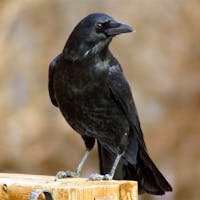
Great poetic license! Well done…
A Comment by MFish

Thank You.

A treat from the Northwest - Crab cakes with Dungeness crab! Read the recipe








.jpg?fit=crop&w=280&h=280&q=93)





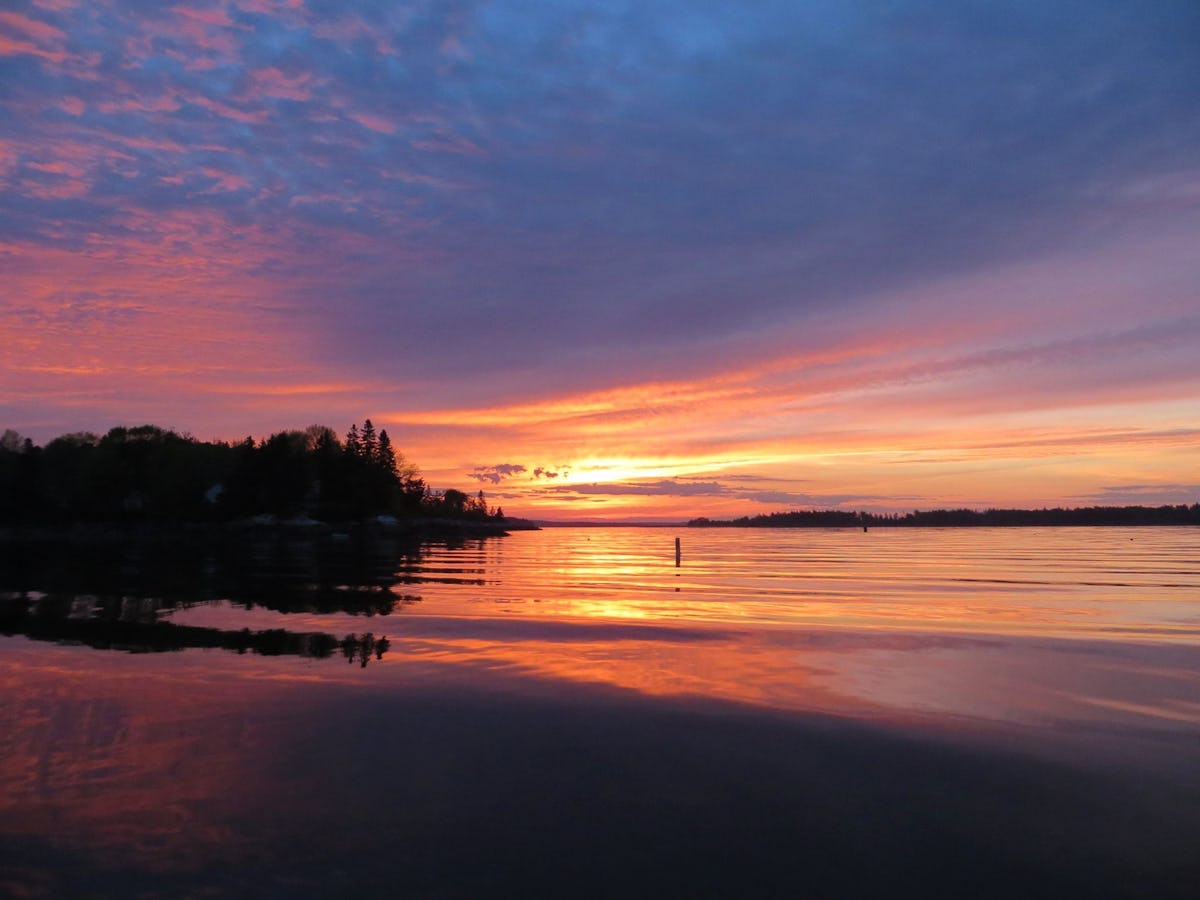

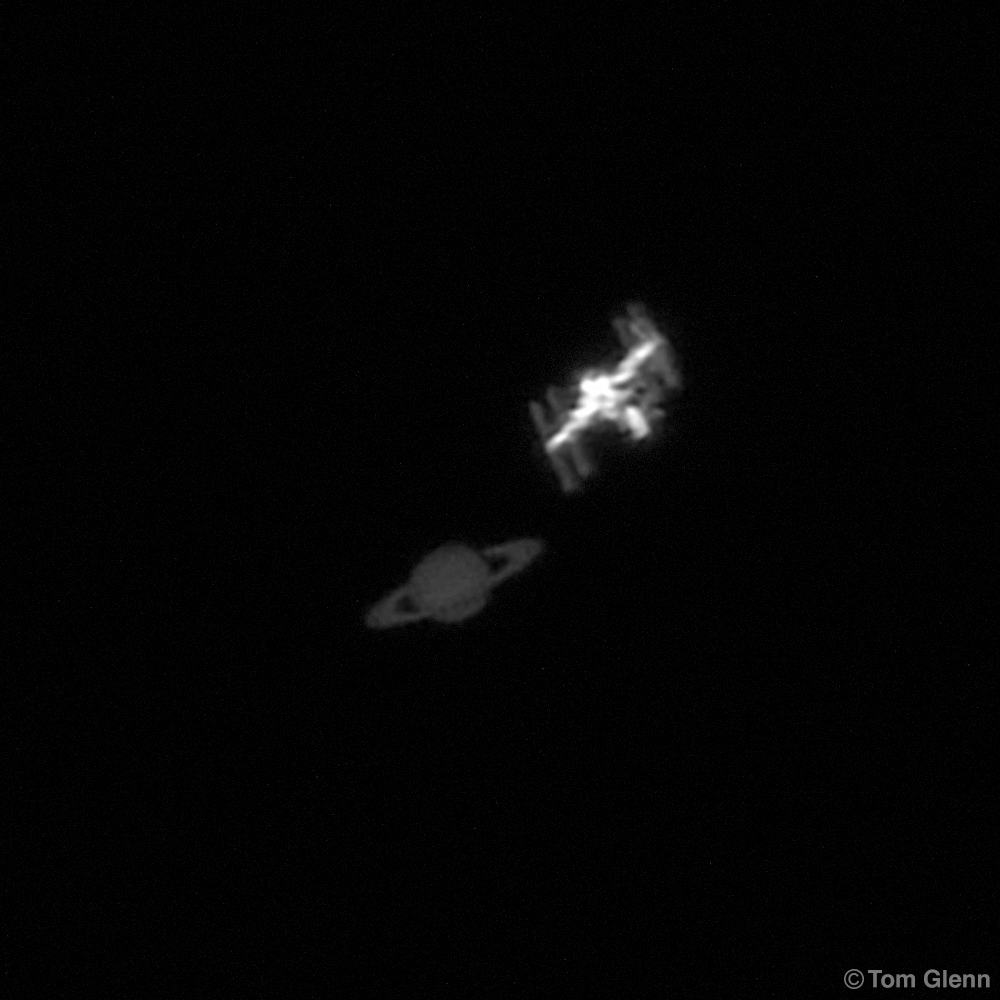
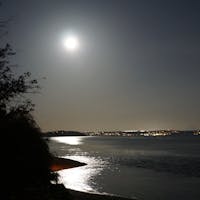

.jpg?fit=crop&w=200&h=200&crop=faces)

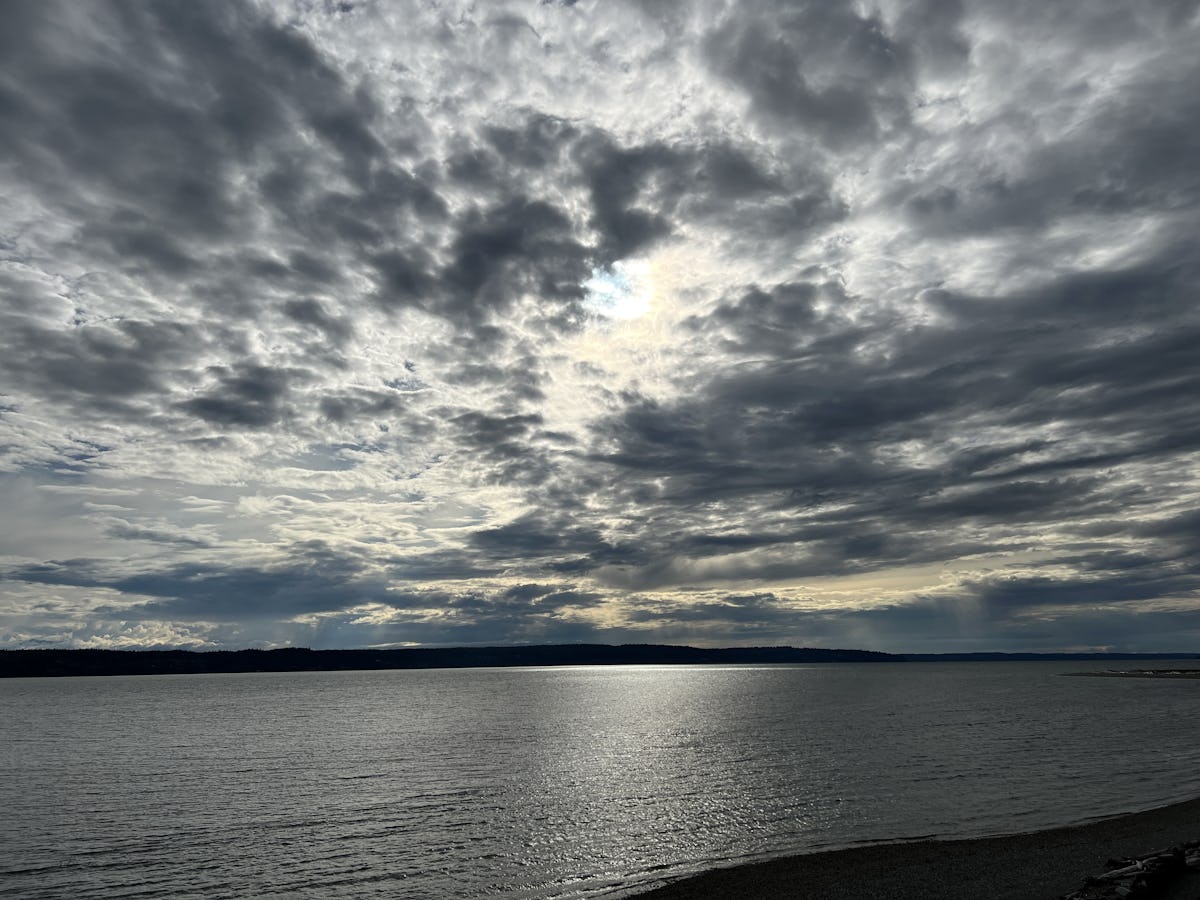
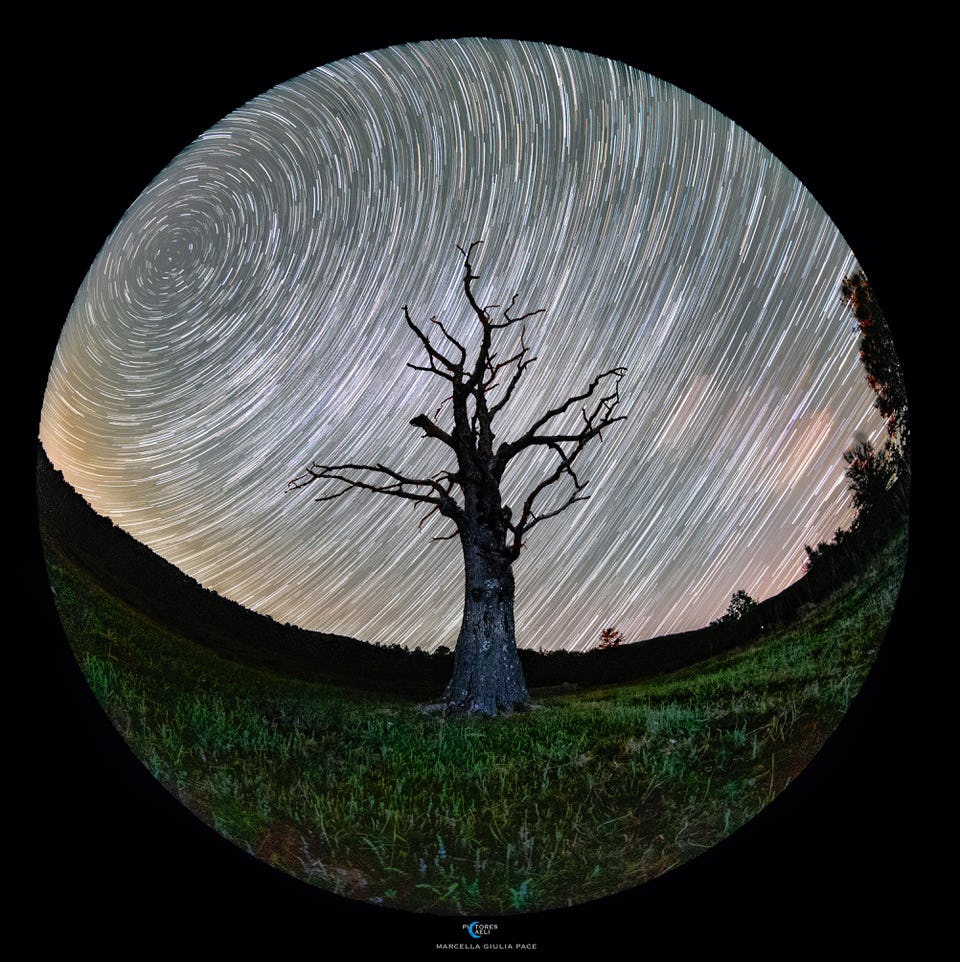
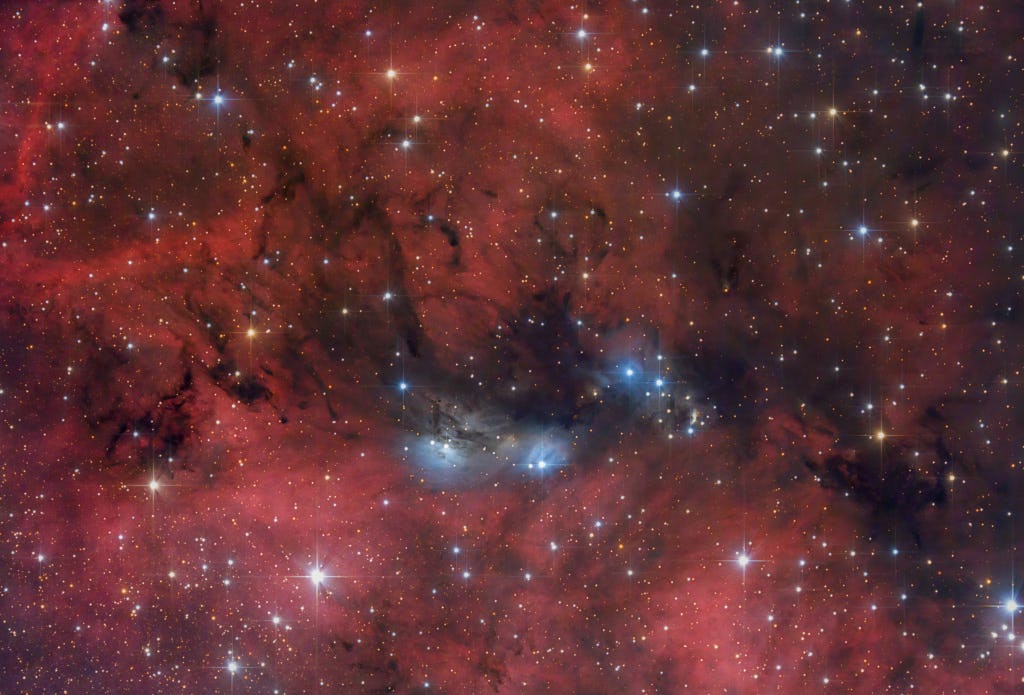



 - Copy.jpg?fit=crop&w=280&h=280&q=93)


R.jpg?auto=format&fit=clip&w=600)





















